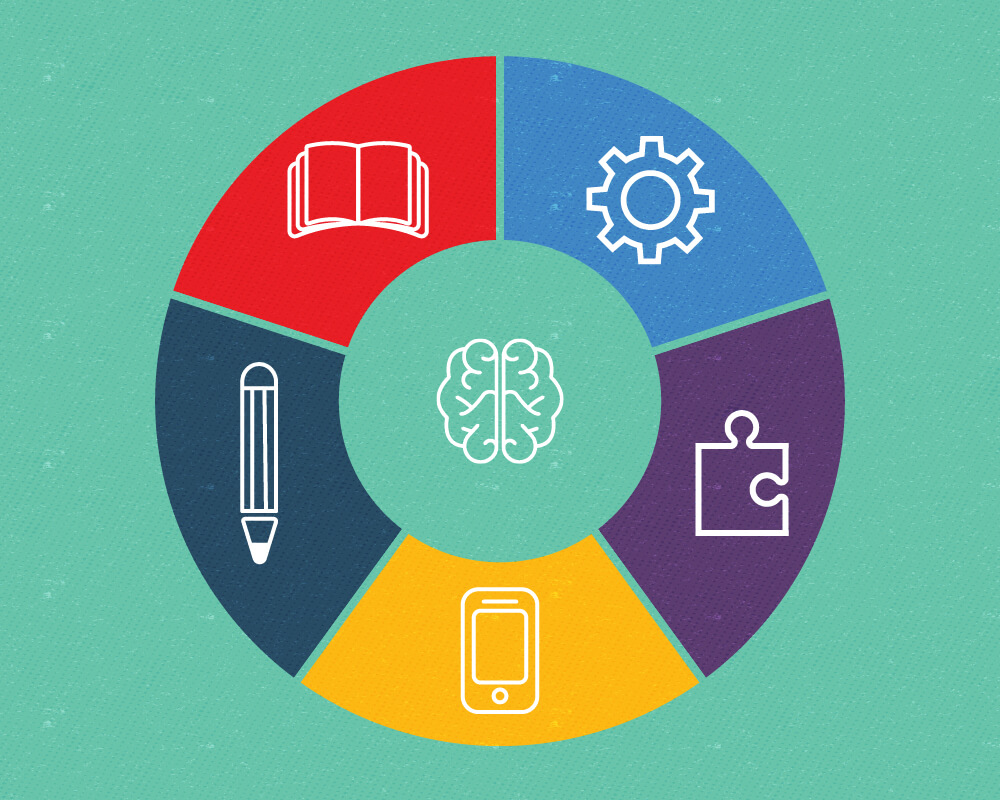Heuristics are a group of mental shortcuts that people use to make decisions. They can be very helpful, but they can also lead you astray if you’re not careful. In this article, we’ll explore what heuristics are and how to harness them for your benefit. You’ll find out about the four main types of heuristics: availability, representativeness, anchoring and adjustment, and construal level theory. This company will help you decide which type suits you best. This way, you are not biased in your decision-making.
Contents
Meaning of Heuristics
Heuristics are a way to make decisions quickly. There are four main types of heuristics: availability, representativeness, anchoring and adjustment, and construal level theory. Depending on the situation you’re in, you might need to use one type over another.
Heuristics are not bad, but they do have their limitations. Decisions are hard without help. Sometimes there are too many choices and you cannot make a decision. That is when you need help. However, heuristics can also lead us astray if we’re not careful.
Types of Heuristics

There are four main types of heuristics: availability, representativeness, anchoring and adjustment, and construal level theory.
- Availability: Availability is when you use what comes to mind first. You can get a quick answer by asking the first thing that comes to mind. But if you ask the wrong question, you will get an answer that is not accurate.
- Representativeness: This is when you think something looks like what it represents. This can be helpful if the thing that represents something else is accurate, but inaccurate otherwise.
- Anchoring and Adjustment: Anchoring and adjustment happen when you use an initial number or fact to make other decisions around it. For example, let’s say I need a new car so I go online and find one for sale at $30k. However, once I see the price on the site, it becomes a comparison. All other prices are set to that high level even if cars go for less money at other places. For example, if you’re considering a job offer, the anchoring and adjustment heuristic will come into play when you see what they want to pay you as your starting salary. The adjustment also comes into play when people make decisions under time pressure. In these situations, people will often rely on their first impression. They do not let themselves think about more information and they make a decision too fast.
- Construal Level Theory: This heuristic is about how we think about things – whether we think about them in concrete or abstract terms. When you think about something abstractly, you are less likely to focus on the little details. You’ll want to think more about the bigger picture. That can be helpful if you need big-picture ideas but unhelpful when accuracy is important.
Uses of Heuristics

Heuristics can be used in many ways, including:
- Making decisions: This is probably the most common use of heuristics.
- Problem-solving: Heuristics can help us come up with potential solutions to problems.
- Learning: We can use heuristics to learn new information and remember it better.
- Judging others: We can use heuristics to form judgments about people, especially if we don’t have much information about them.
- Forecasting the future: Heuristics can help predict what might happen in the future by using our past experiences as a guide.
Problems with Heuristics
Heuristics are not bad, but they do have their limitations. Decisions are hard without help. Sometimes there are too many choices and you cannot make a decision. That is when you need help. However, heuristics can also lead us astray if we’re not careful:
Availability
This heuristic is helpful if the first thing that comes to mind is accurate information about something important. But it could also lead to incorrect decisions and judgments and missing out on other valuable options about those things because they’re less obvious than others before making your choice.
Representativeness
This may have the worst consequences because it might cause inaccurate assumptions or inferences to the doer.
Anchoring and Adjustment
As mentioned earlier, this heuristic can often lead people astray because they rely on an initial number or piece of information to make all their decisions instead of considering all the options available to them (Tversky & Kahneman). This can also result in people making poor decisions under time pressure as described above.
Construal Level Theory
It can be helpful to think about things abstractly when you need a big picture idea. But if you want to get the details right, it is better to focus on the specifics. If you want to figure out how many books are in a library, it is better to think about the books in a concrete way. That is better than generalizing and not thinking too much about them.
So, while heuristics can be helpful shortcuts when making decisions, it’s important to be aware of their limitations so that you can make better judgments and choices.
Do heuristics make us more successful?
A study of professional traders found that those who used heuristics more often were less likely to be influenced by their emotions and made better, quicker decisions. This suggests that heuristics are helpful in certain contexts but not others. For example, in a situation where you need to make a quick decision, using heuristics might be the best option, but if you have time to gather more information, it might be better not to rely on them.
Why do we use heuristics?
Heuristics are helpful shortcuts to make up for the fact that there is too much information in the world. If we had to pay attention and judge every single thing that happened, our brains would overload. So, heuristics help us make decisions quickly under time pressure; however, they may not always be accurate since there are many factors that come in decision-making.
Are evolved heuristics useful in modern life?
Some people think that our instincts are not as helpful now because the world has changed. For example, one common heuristic is the availability heuristic. This means that you judge something based on how easy it comes to mind. This might have been a helpful strategy in the past when people lived in small groups and needed to remember who everyone was. But today, there are so many images around that this isn’t as helpful.
However, others argue that our brains have evolved to deal with new situations, so our heuristics should still be helpful today. For example, the “framing effect” helps us make decisions when there are pros and cons on both sides of an issue. This should still be useful in modern life even though the situation has changed because it’s just as important for people to weigh all their options rather than making a quick decision without considering everything that could go wrong or right with each option available to them.
Conclusion
The human brain is a powerful and complex organ. It takes up about two-thirds of the total amount of space in your head. It forms from billions of neurons that work together to process information from our senses. One way we can think about how this works is through heuristics: mental shortcuts that allow us to make decisions quickly without putting much thought into them at all. When you use heuristics while marketing online, they will help shape what people see when they visit your site or click on one of your ads; if their experience meets these guidelines, then there’s a good chance they’ll become interested in whatever it is you’re selling! If not? Well, let’s hope for the best.
If you are looking for affordable Online Counseling MantraCare can help: Book a trial therapy session


